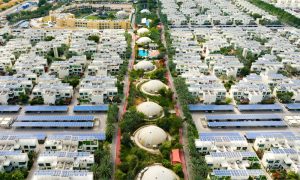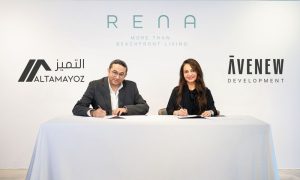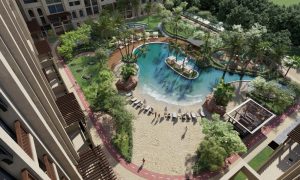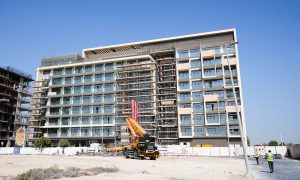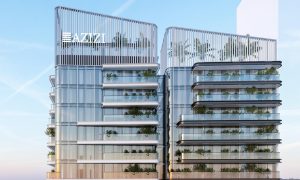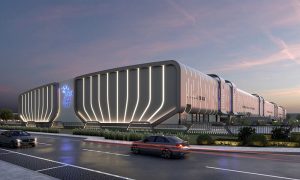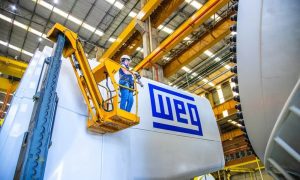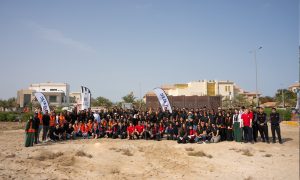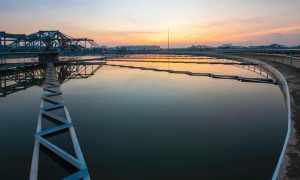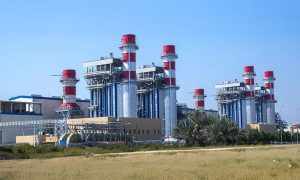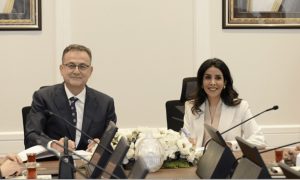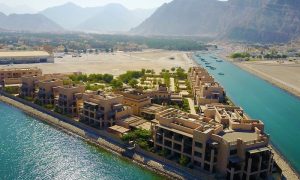TRSDC identifies optimum location for overwater assets
Developer behind megaproject deploys unique techniques to safeguard the environment, in line with its sustainability goals
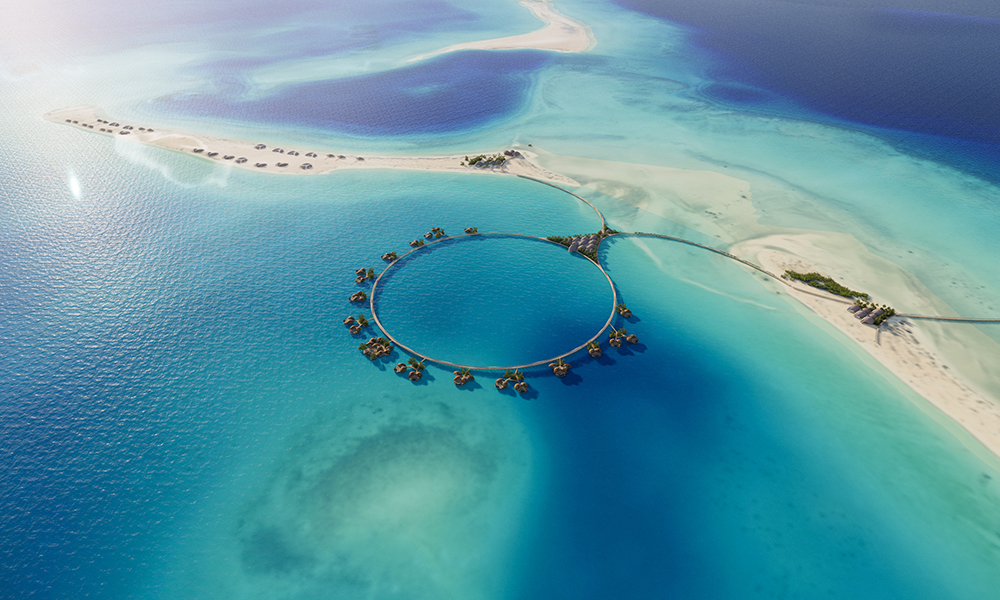
The Red Sea Development Company (TRSDC), the developer behind one of the world’s most ambitious tourism projects, has shared details about an activity to identify the location of its overwater assets around four key islands at the destination.
In a statement, the developer explained that this activity informs the positioning of overwater assets, including villas, restaurants and hotel arrival points for two hyper-luxury hotels and one luxury hotel on Sheybarah South and Ummahat Al Shayk islands. The locations of the assets have been marked in accordance with the destination’s approved masterplan, with the operation taking around three weeks to conduct, the statement added.
“The marking of locations for our overwater assets is another milestone reached for the project and is indicative of the progress being made at the site,” said John Pagano, CEO, The Red Sea Development Company.
“This activity was an essential step in the identification of suitable locations which will allow our hotels and other assets to coexist in harmony with their surroundings while providing our visitors with an immersive experience and stunning views.”
The primary purpose of the activity was to coordinate the setting out of the overwater assets aimed to minimise the impact on the existing environment and particularly invaluable coral reefs, he explained. It also ensured the optimum spatial planning arrangement, locating assets in a way that works efficiently as a luxury resort development, and also considering the challenging constructability constraints.
The placing of the buoys required careful coordination by the teams, which included local experienced boat captains to navigate among the coral reefs, along with the TRSDC construction team. The process also required an on-boat crew handling the buoys and concrete blocks, working with the surveyors, as well as snorkelers and scuba divers, to ensure no corals were damaged in the process.
“This is a challenging and highly collaborative exercise that required the work of various teams to deliver, coupled with invaluable involvement from our boat captains who come from the local community and have navigated the lagoon waters for many years. It has provided an essential visual aid for the TRSDC Executive Management team and our global design teams to get a feel for the resort planning, proximity to the near shore islands and the customer experience” said Ian Williamson, chief development officer, The Red Sea Development Company.
The team used unique techniques to ensure the least possible impact on the environment, as buoys were secured by divers, using concrete blocks carefully placed to avoid the coral communities on the seabed.
Following the placement of the marker buoys, the site team deployed drones to take footage and mark their location using global positioning system (GPS) coordinates to enable the company’s executives, designers, and engineers to refine and conclude the master planning process.
The islands of Ummahat Al Shaykh will host one hyper-luxury and one luxury island hotels and drone footage will be used to ensure the functionality of the layout from an operational perspective. The original master planning of the hotels on Ummahat Al Shaykh has been carefully coordinated to avoid, but give ready access to, all areas of coral and was, therefore, easier to conclude.
The Red Sea Project will welcome its first guests by the end of 2022. The first phase of the development will include 14 luxury hotels offering 3,000 rooms across five islands and two inland locations. It will also include entertainment facilities, an airport, and the necessary supporting logistics and utilities infrastructure.
Work is already underway at the destination with the development of key supporting infrastructure and accommodation for the workforce and company employees deployed to manage construction.
Upon completion in 2030, the destination will deliver up to 8,000 hotel rooms across 22 islands and six inland sites. The annual number of visitors will be carefully managed to avoid over-tourism and ensure that every guest enjoys a uniquely memorable experience.
